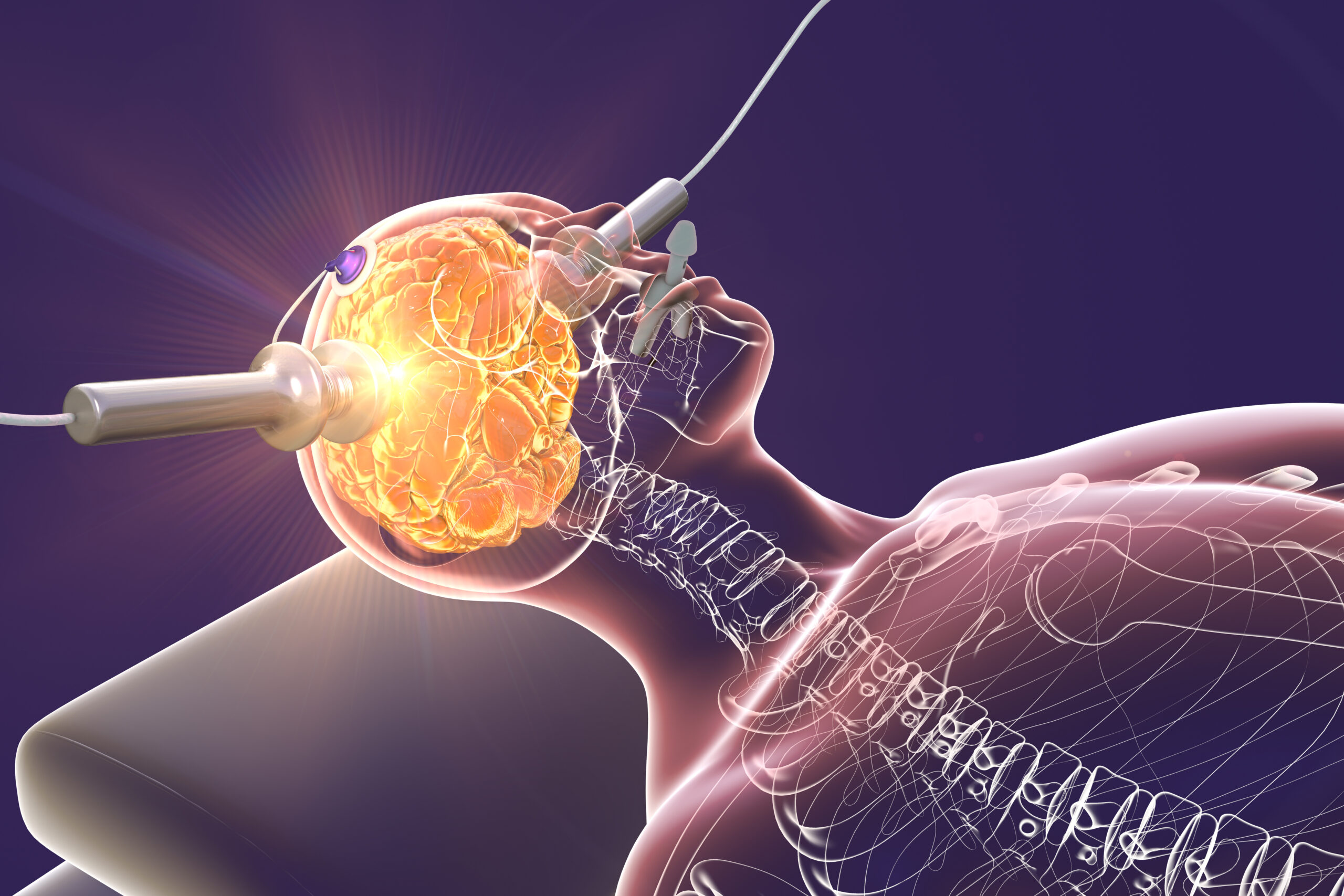
Depression is a leading cause of disability and mortality worldwide, and it often fails to respond to antidepressant medication. Electroconvulsive therapy (ECT) is a fast-acting, highly effective, and safe treatment for severe, treatment-resistant depression. However, it remains unknown why inducing a brief, controlled seizure is therapeutic. Using a mouse model of ECT, we found that a second brain event follows seizure, called cortical spreading depolarization (CSD). In our model, clinically relevant choices of ECT stimulation parameters modulated CSD outcomes. To translate these findings to human patients, we implemented a novel technology for monitoring brain activity called optical neuroimaging, developed in the Penn Physics Department.
Similar to our mouse model, we found that routine ECT treatments in human patients induce CSD waves. This project brought together a multidisciplinary team including psychiatrists, neurologists, neuroscientists, optical physicists, and biostatisticians. Our results challenge a long-held assumption that seizure is the primary outcome of ECT. Seizure and CSD are thought to each have unique effects on the brain. Our discovery suggests new opportunities for optimizing ECT to precisely target these two brain events and improve clinical outcomes in patients suffering from severe depression.